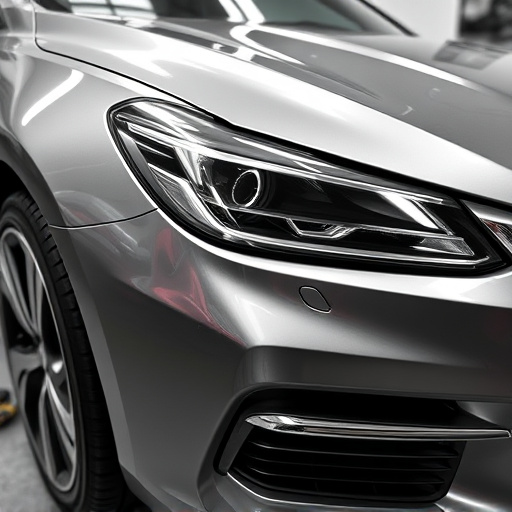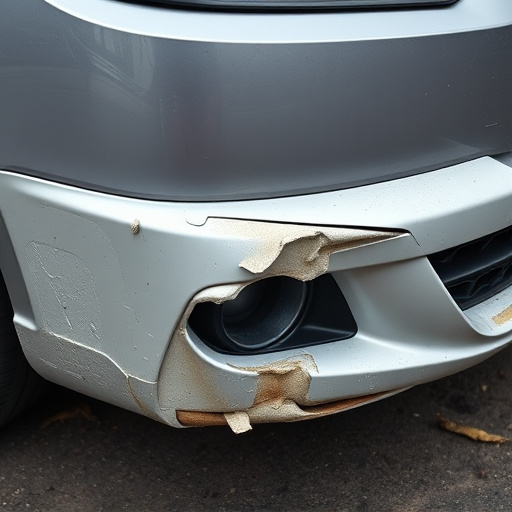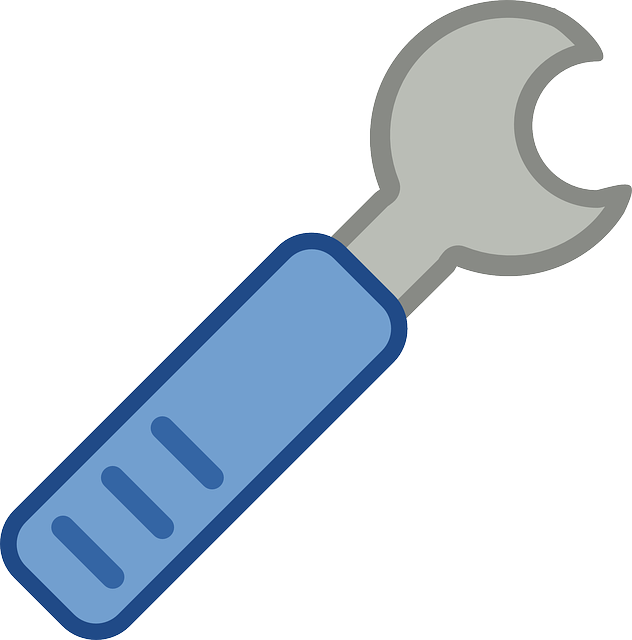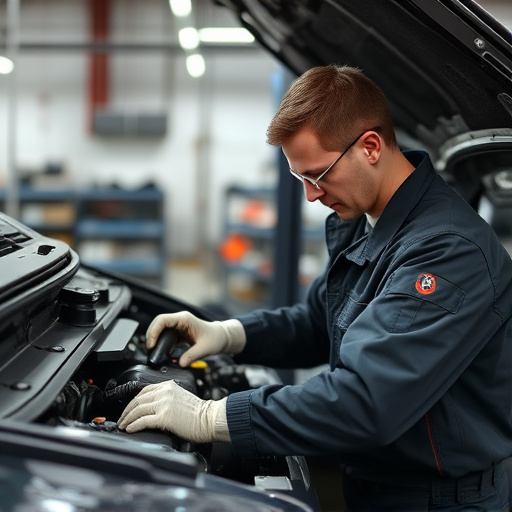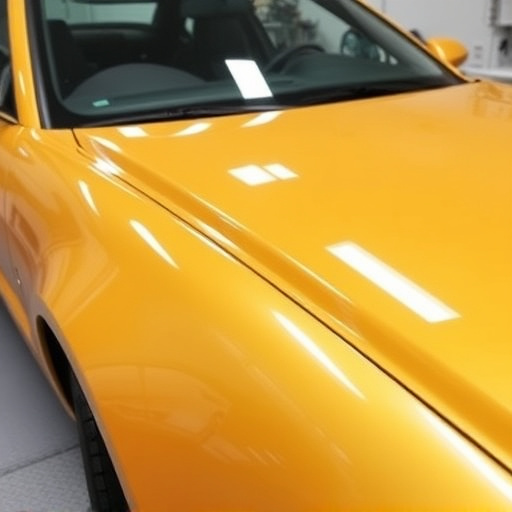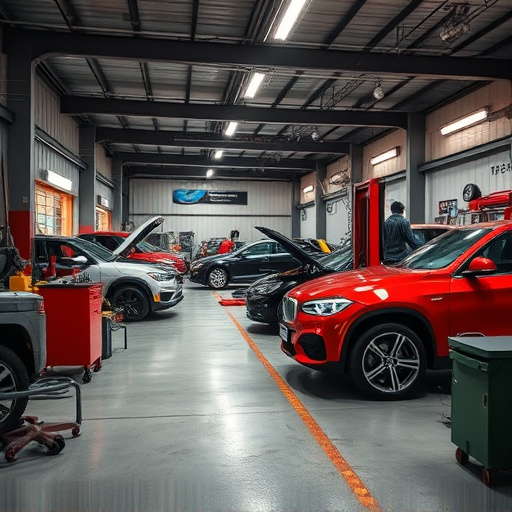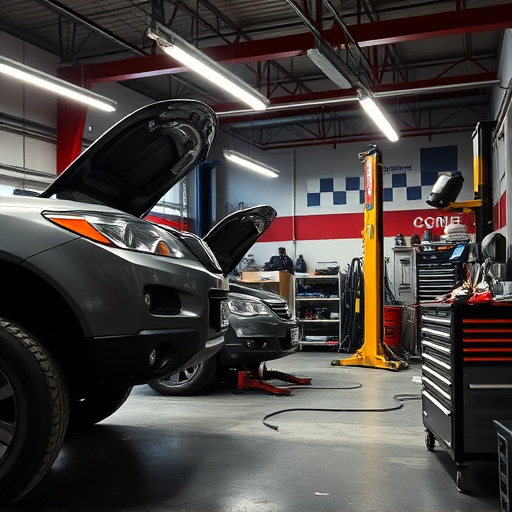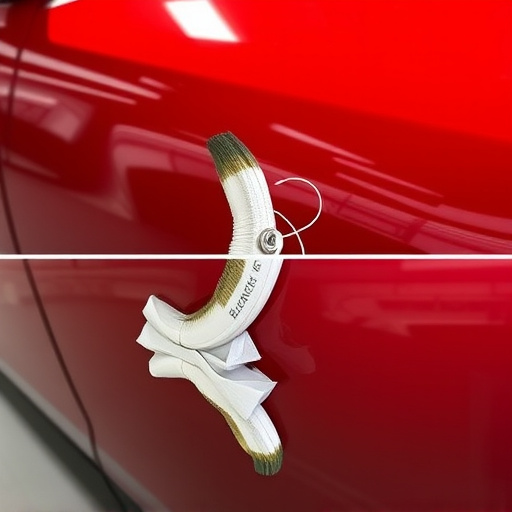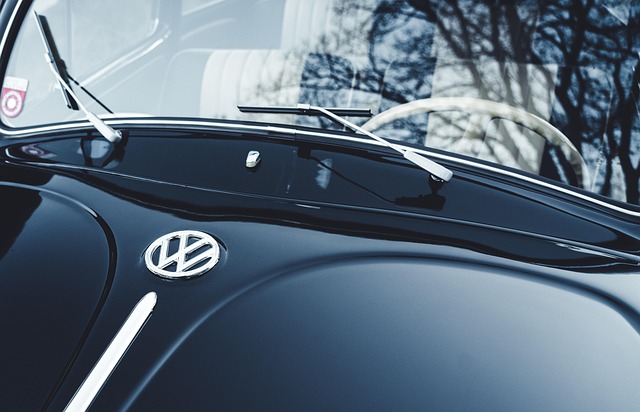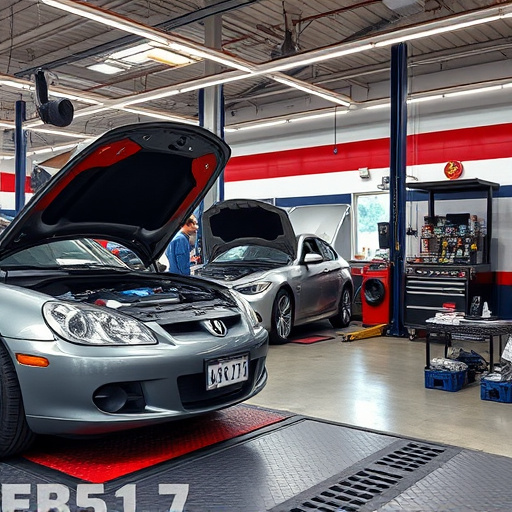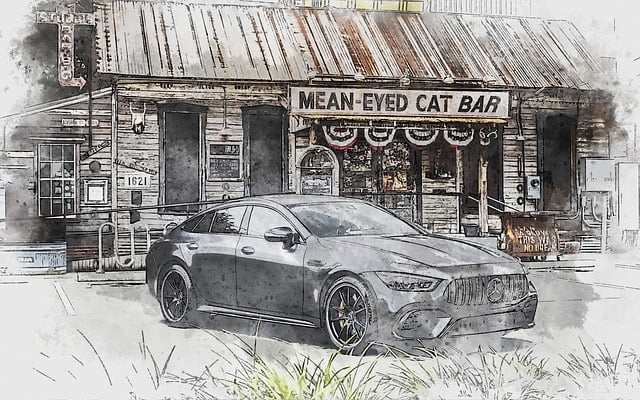Waterborne paint technology is a revolutionary advancement in automotive coatings, offering eco-friendly benefits over solvent-based paints. Its advantages include reduced environmental impact, superior adhesion, durability, and color consistency, making it ideal for car repairs. This technology streamlines dent repair processes, cuts turnaround times, and saves costs. For auto body shops, implementing waterborne paint tech involves staff training and investing in quality equipment to maximize efficiency, cost-effectiveness, and optimal painting results.
Waterborne paint technology is transforming the way we approach coatings, offering a more sustainable and efficient alternative. This innovative system uses water as a solvent, eliminating volatile organic compounds (VOCs) and reducing environmental impact. In this article, we explore how waterborne paints save time and money, from reduced drying times to lower material costs. Discover practical implementation strategies for optimal results, leveraging the advantages of this cutting-edge technology in various applications.
- Understanding Waterborne Paint Technology: The Basics
- Advantages of Using Waterborne Paints: Time and Cost Savings
- Implementation Strategies for Effective Results with Waterborne Paint Technology
Understanding Waterborne Paint Technology: The Basics
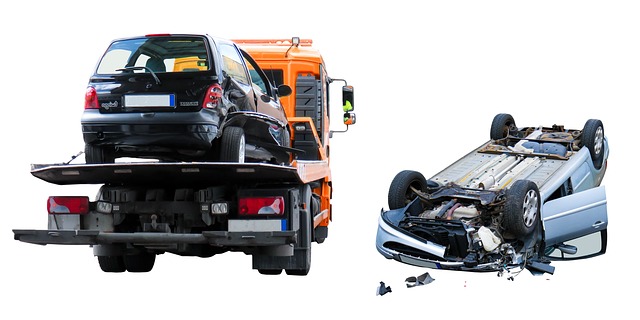
Waterborne paint technology is a revolutionary innovation in the automotive coating industry. Unlike traditional solvent-based paints, waterborne paints use water as their primary carrier instead of toxic solvents. This simple yet significant change comes with numerous environmental and economic benefits. The technology involves formulating paints with water-soluble resins, pigments, and additives, creating a safe, clean, and efficient painting process.
One of the key advantages is its superior performance in terms of adhesion, durability, and color consistency. It’s highly effective for car scratch repair and even excels in collision repair services, offering long-lasting protection for vehicles’ exterior surfaces. Moreover, waterborne paints significantly reduce the odor associated with traditional painting methods, making workshops safer and more pleasant for both workers and customers. This technology is not just about aesthetics; it streamlines the car dent repair process, enabling faster turnaround times and, consequently, saving time and money for both businesses and consumers.
Advantages of Using Waterborne Paints: Time and Cost Savings

Waterborne paint technology offers a multitude of benefits for both professional painters and DIY enthusiasts. One of its most significant advantages is the substantial time and cost savings it provides. Unlike traditional oil-based paints, waterborne variants dry much faster, reducing painting timelines by several hours or even days. This acceleration isn’t just convenient; it also translates to considerable financial benefits. Faster drying times mean less downtime for surfaces, enabling quicker project completion and minimizing labor costs associated with extended painting processes.
Moreover, waterborne paints are known for their superior coverage and durability, often requiring fewer coats to achieve a smooth, professional finish. This efficiency in application reduces material wastage and the associated expenses. In the context of auto repair services or dent removal and car dent repair, waterborne paint technology streamlines the restoration process, offering a cost-effective and time-efficient solution for repairing damaged vehicles.
Implementation Strategies for Effective Results with Waterborne Paint Technology
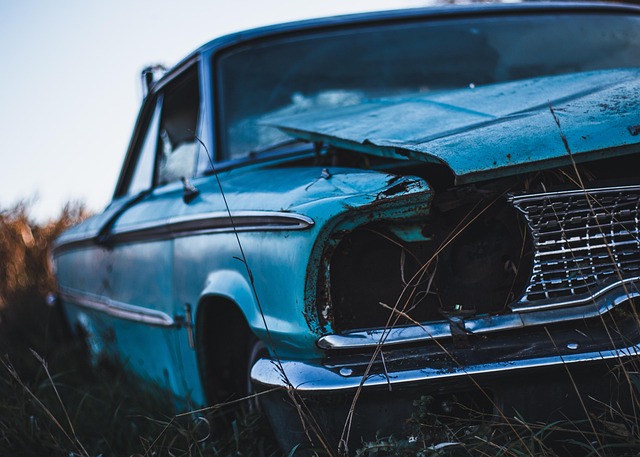
Implementing waterborne paint technology can dramatically transform auto body restoration processes, leading to significant time and cost savings. To achieve effective results, several strategic steps should be taken. Firstly, ensure that all staff involved are adequately trained in using this innovative technology. Waterborne paints require specific application techniques, different from traditional ones, so comprehensive training is essential.
Secondly, invest in high-quality waterborne paint systems and compatible equipment. This includes advanced sprayers designed for fine mist applications, which enhance paint adhesion and reduce overspray. For auto body services, choosing the right colors and ensuring a robust supply chain for these paints can streamline operations. By adopting these implementation strategies, businesses in the car restoration industry can leverage waterborne paint technology to its fullest potential, delivering superior results while maintaining efficiency and cost-effectiveness.
Waterborne paint technology offers a compelling solution for businesses seeking significant time and cost savings in their painting operations. By leveraging this innovative approach, companies can streamline their processes, reduce waste, and minimize environmental impact. With its numerous advantages, from fast drying times to improved worker safety, waterborne paint technology is not just a trend but a game-changer in the industry. Implementing these strategies effectively ensures that businesses can achieve superior results while optimizing their resources, making it a smart choice for any modern painting project.
